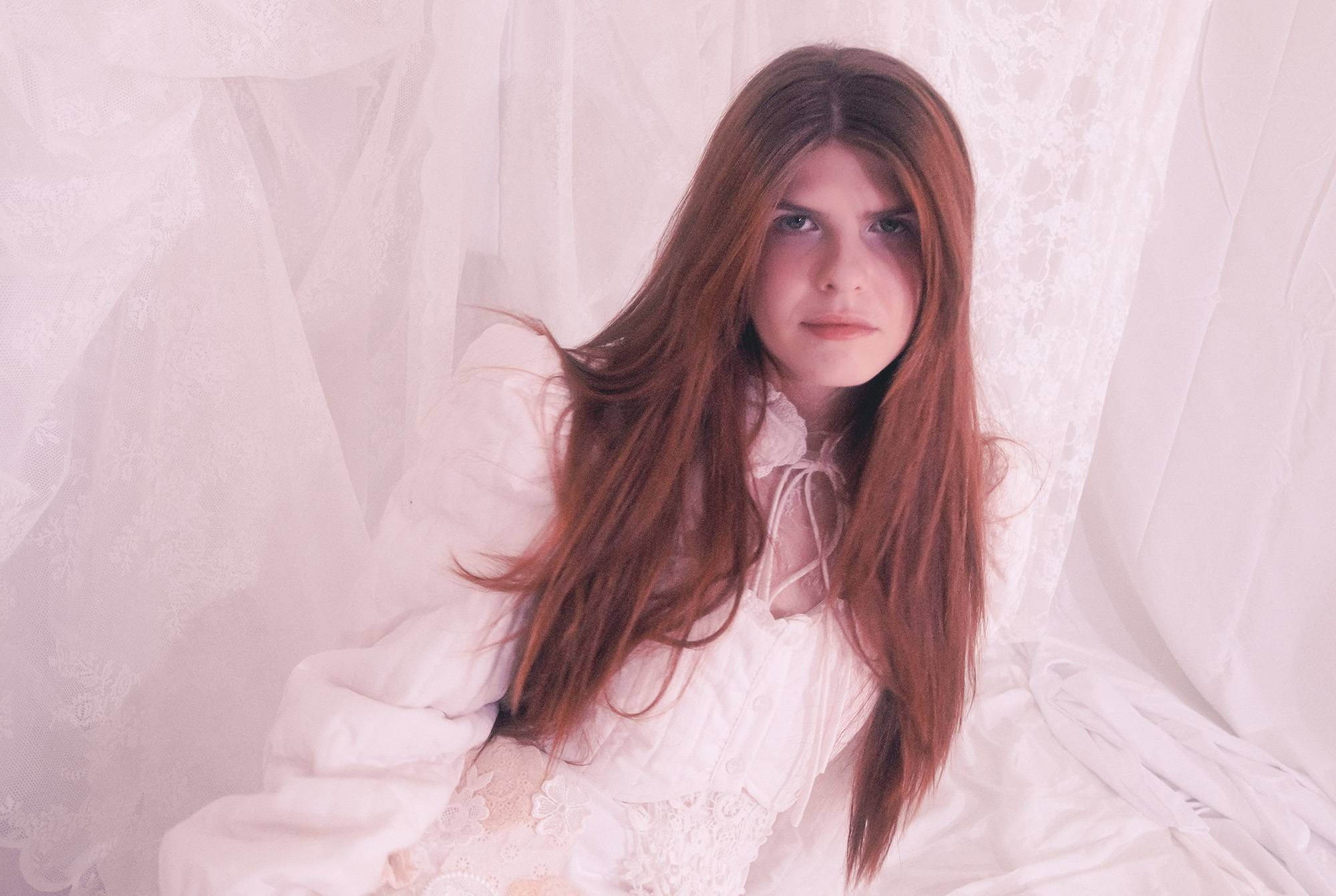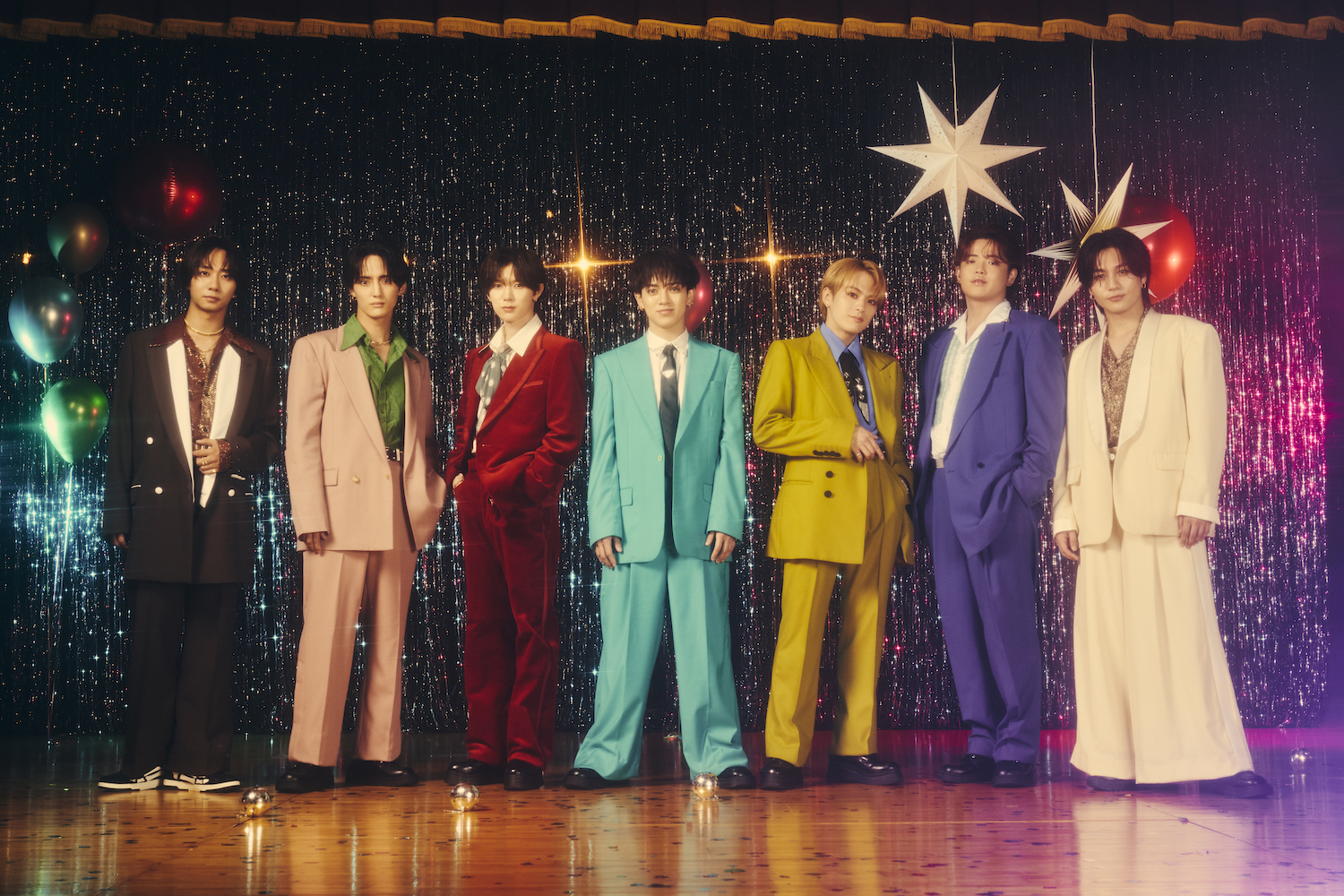
Film’s Greatest Actor Retires.
There’s no obvious reason why Reynolds Woodcock (Daniel Day-Lewis) should have caught his eye on one unassuming, plain waitress named Alma (Vicky Krieps) at a country bistro he visits one weekend afternoon. “You must be around many beautiful women,” she remarks on their first night out, then looks into the fireplace beside them, perhaps considering this very question of why her. But for a man for whom the many women in his life mostly serve as his own personal models—standing still, upright, without much fuss—Alma is quite ideal. Her face is square and perfectly symmetrical, and her body just as plain. She’s told she has no breasts, and a little tummy, but all for the better. She’s modest, speaks in hushed tones, and not out of place. She appears almost like a real-life Renaissance portrait, perhaps da Vinci’s ‘Lady with an Ermine’. All this feeds the perfect object of Woodcock’s desire: something as close as possible to a blank slate, a mannequin, no buxom and no fuss.
It is these qualities which reveal the most obvious conflict driving the relationship of The Phantom Thread’s two main characters. He, the artist (sub: genius, man, etc…), is the active and she the passive. Whenever they walk together, he leads from the front. The routine of breakfast, the activities partaken, even the sounds of a meal all occur according to his design. This, of course, has little to do with her at all. His muse, his model, she’s less doing than participating. Such is the deal she must buy into, in order for any relationship with Reynolds Woodcock to work. “Reynolds has made my dreams come true. And I had given him what he desires most in return. [. . .] Every piece of me.”
Most dangerously, though, as a dressmaker, women are quite literally Reynolds’ object. Ultimately, few acts humans partake in connote lesser agency to its actor than does modeling to a model. The function of a model, after all, is not to “create” anything, but to “model”, or stand in for, an already existing (though not yet manifest) something. The designer’s sketches, the mannequin, the outfit itself, and the photographer’s vision of the magazine cover all work to formulate a preexisting outline: something already there, waiting, whole but incomplete, not unlike those cardboard cutout standees you’d find at a movie theater or zoo, or a black-and-white sketch not yet colored in. It is not to create an image but to step into one. Reynolds is the one drawing these outlines, and shaping these people—dressing them how he wishes, adjusting them to appear according to his vision, and so on. With a few exceptions, almost every woman to enter his house is of mostly mechanical use to him: either to knit and sew, or to stand still and “model”. Only he is the one who creates, imagines, shapes. He is not a cruel man so everything floats by fine, until Alma decides it necessary to become more than just his thing.
…
I’m not here to speculate on the inner life of Daniel Day-Lewis. It is remarkable, though, how of all his films, this would be the one to prompt him towards retirement. It strikes me that, not necessarily in character but indeed in function, Daniel Day-Lewis and Reynolds Woodcock exist in quite a similar space. Where Woodcock takes bodies and imbues them with his exquisite dress, Day-Lewis, as a notoriously dedicated character actor, takes “characters” and imbues them with, well, himself. One could say his practice is less in “taking on” roles—the passive—but “becoming” characters—active, doing unto the subject. As such, he’s less the model for the dress than its maker. For ‘The Phantom Thread’ this idea is made literal for Day-Lewis, who learned how to make dresses in preparing for the role.
I’m imagining a hall of clothed mannequins: one sporting Hawkeye’s loose robe and long brown hair, another Bill the Butcher’s top hat and vest, Daniel Plainview’s ranger hat and pipe, Abraham Lincoln’s three-piece suit and beard, et al. For all the costumes he’s donned over the years, Day-Lewis has gone further than anyone else to exist wholly as the character, removing all of him but giving all of his craft. (There are plenty of actors, by the way, who make careers of doing the opposite: think Jeff Goldblum, Seth Rogen, or anyone else for whom they do less taking on a role than giving themselves to a role.) For every film, a new dress, new proverbial shoes to step in. They’re something entirely removed from himself, which is why he actively removes himself (the person) from himself (the body) to become the character during production. Woodcock is not as much that. Woodcock is dapper, an artist, a demanding genius for whom work becomes life. This isn’t to say Woodcock and Day-Lewis are entirely similar in their actions, but they are quite similar in their essence. They fit similar outlines.
But ‘The Phantom Thread’ conveys a devastating image of what it means to be a true artist. For Woodcock, the work itself is sustenance. He exists only to serve his craft, and therefore social responsibilities are either secondary, unnecessary, or even threatening. When Alma surprises him with a romantic evening dinner, he sees it more an act of war than love, describing the act with terms like “surrounded on all sides” and “ambushed”. Women, being the thing worked on, are used and removed by Woodcock, much like an actor will take on the role of pretending to be another human being, and then put them aside upon completion of shooting.
But if there’s a correlation between different art forms, and Woodcock is the consummate artist, then his motivations reflect more broadly on the motivations of artists more generally. And for him, the only thing in the world that supersedes the creative mind—as we and Alma find out gradually through the film—is mother. His long-passed mother is both his guide and his anxiety. At his sickest point, he envisions her in the dress he made her, and burns to know whether she’s there, by his side, listening to him, watching over him. Just as in childhood he sewed a wedding dress to perfectly fit her, his work in her absence—of befitting the other various women who pass in and out of his door—is an outlet for the hole she left. Alma recognizes this, and her most devastating actions are in direct response to his need for not just a caregiver but a mother—a mother for the crying baby.
Perhaps the difference in ‘The Phantom Thread’ is that it implicates not American history nor great men of times past, but the role of being an artist in itself. To create his great works Reynolds Woodcock must give all of himself to the point where, upon completion, he’s rendered not just exhausted but nearly incapacitated. Daniel Day-Lewis gave his all to this role, but perhaps instead of being able to let it go—give it off to audiences as a dress to a client—it stuck. There’s something about the role that proved determinative for him, a necessary end.
There’s a line from the beginning of the film: “You can sew almost anything into the canvas of a coat. When I was a boy, I started to hide things in the linings of the garments. Things that only I knew were there. Secrets.” This sentiment from Reynolds Woodcock comes back around when Alma turns over the inner lining of one of his works. It’s the wedding dress being made for the princess of Belgium—supremely important, beautiful, “perhaps the only wedding dress to ever have been made”—with an inscription hidden on the inside. It reads: “Never Cursed”.
The notion of a curse doesn’t explicitly crop up anywhere else in the film. But in an interview with W Magazine after announcing his official retirement from acting, Daniel Day-Lewis spoke to his path to retirement in saying: “There are spells in these films that you can’t account for,” he said. “Paul [Thomas Anderson] and I spoke a lot about curses—the idea of a curse on a family, what that might be like. A kind of malady. And it’s not that I felt there was a curse attached to this film, other than the responsibility of a creative life, which is both a curse and a blessing. You can never separate them until the day you die. It’s the thing that feeds you and eats away at you; gives you life and is killing you at the same time.”
Whether ‘The Phantom Thread’ is cursed or not, as both a piece of fiction and an artwork in the canon of American cinema, it is both beautiful and tragic. For one, like the Showtime Lakers or Sergio Leone’s 60’s Westerns, we’ll have only to look fondly back on the times when three of the top performers in their respective fields—director Paul Thomas Anderson, Daniel-Day Lewis and Radiohead’s Johnny Greenwood—came together to make two of the premiere films of their age (this, and ‘There Will Be Blood’, separated by a decade). Most of all, it is a poignant end to the career of perhaps the greatest pound-for-pound actor in film history.














